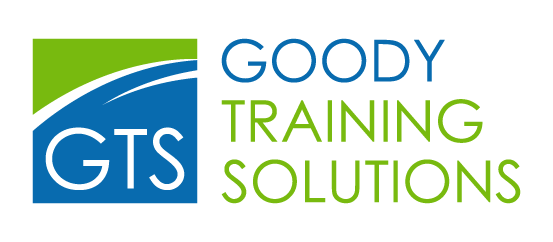The following advice is based upon an evidence-based review of the current guidance on first aid measures for suspension trauma funded by the Health and Safety Executive. For the full report please go to http://www.hse.gov.uk/research/rrpdf/rr708.pdf.
“The jury is still out” as to whether there is actually such a condition – the need for further research into the topic is called for.
However, there is a need to rescue persons who have fallen into harness suspension as quickly as possible as different mechanisms within the body can affect the normal flow of blood:
- Because the legs are hanging freely, gravity induces the pooling of blood in them
- The harness may easily constrict the venous return to the heart from the legs
- The harness may constrict the chest, increasing the pressure within it and reduce cardiac output
Most persons suspended in a heads up position as they would be in a harness will develop a condition called presyncope (pronounced pre-sin-ko-pee) within 1 hour and a fifth of people will develop it within 10 minutes.
It is important to recognise the symptoms of presyncope:
- Light-headedness
- Nausea
- Sensations of flushing
- Tingling / numbness of the arms or legs
- Anxiety
- Visual disturbances
- Feeling that they are about to faint
The person who is experiencing the above symptoms may develop syncope (sin-ko-pee) — they will “faint” but should regain consciousness. Should they become unconscious and stay unconscious they must be rescued promptly or they may die due to lack of oxygen (hypoxia).
What can be done
A strap attached to the harness with a loop attached would allow the person to stand by putting their foot in the loop. This would remove the normal pressure exerted by the harness and allow for normal blood flow thus increasing the time available for safe rescue.
If the suspended person can be put into a sitting position (e.g. a strap under their knees, feet up against a structure or supported by rescuers) whilst suspended, this will slow down the onset of presyncope and allow more time for safe rescue.
After the person has been rescued
If conscious:
- Remove their harness, keep them in a sitting position and if oxygen is available give it.
- If they have experienced symptoms of presyncope send them to hospital in an ambulance.
- While awaiting the ambulance stay with them monitor their condition and reassure them.
- If they go unconscious, place them in the recovery position, maintain their airway and monitor their airway, breathing and circulation. Give oxygen if available.
- If their breathing deteriorates while unconscious, commence CPR.
If unconscious:
- Remove their harness and place them in the recovery position, maintain their airway and monitor their airway, breathing and circulation. Give oxygen if available.
- If their breathing deteriorates while unconscious, commence CPR.
Please note that a person suspended “head down” needs the same urgent rescue as a “head up” suspension.

